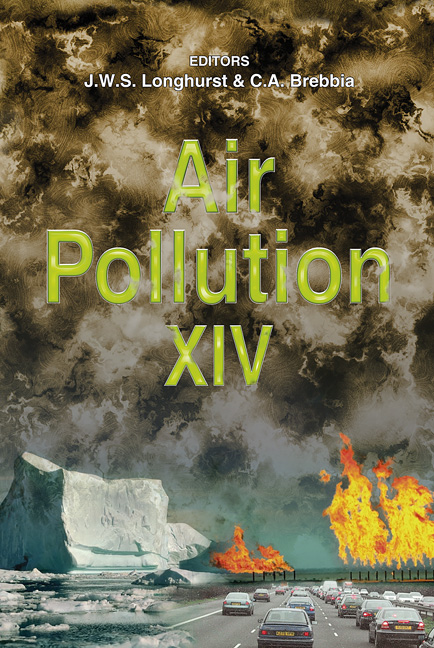Airborne Particle Granulometry And Micromorphology During Working And Not Working Days In The Brussels Environment
Price
Free (open access)
Transaction
Volume
86
Pages
9
Published
2006
Size
783 kb
Paper DOI
10.2495/AIR060291
Copyright
WIT Press
Author(s)
P. Vanderstraeten, Y. Lénelle, A. Meurrens, D. Carati, L. Brenig & Z. Y. Offer
Abstract
We report and analyze here data on airborne particles up to PM10, measured in the Brussels region from October 2002 through to September 2003. The purpose of this study was to measure the impact of urban activities on airborne particles. Differences in the granulometry and micromorphology of particles sampled on working days and weekends were studied. Two parameters are computed for a large number of collected particles. The first parameter is the isoperimetric quotient, IQ, defined as the area A of the planar projection of the particle divided by the square of its perimeter (rescaled by 4π), i.e. IQ=4π A/p2. This parameter is smaller or equal to one (for a circular planar projection) and measures the particle surface irregularity or roughness. The second parameter, β, corresponds to the ratio L1/L2 between the projected major and minor axis of the particle. It is larger or equal to one and represents the particle elongation. We observed significant tendencies in the particles distributions in terms of IQ and β. Keywords: airborne particle, granulometry, micromorphology, Brussels environment.
Keywords
airborne particle, granulometry, micromorphology, Brussels environment.





